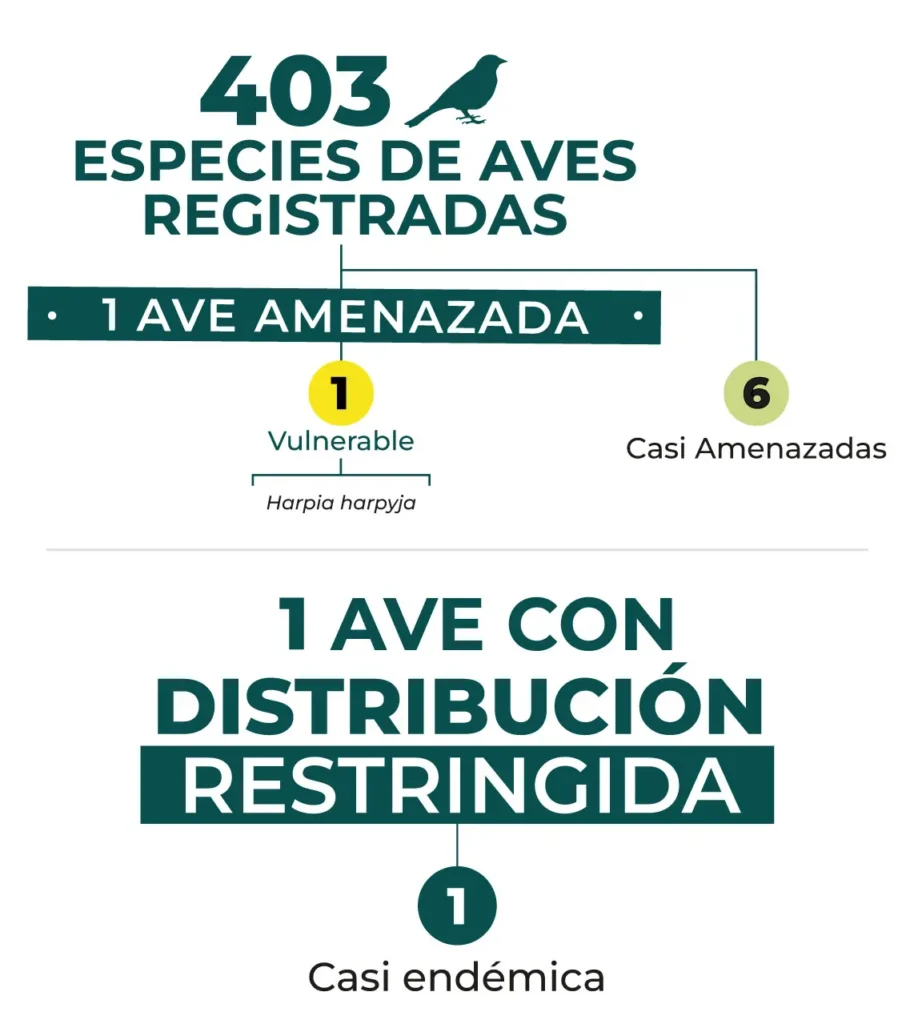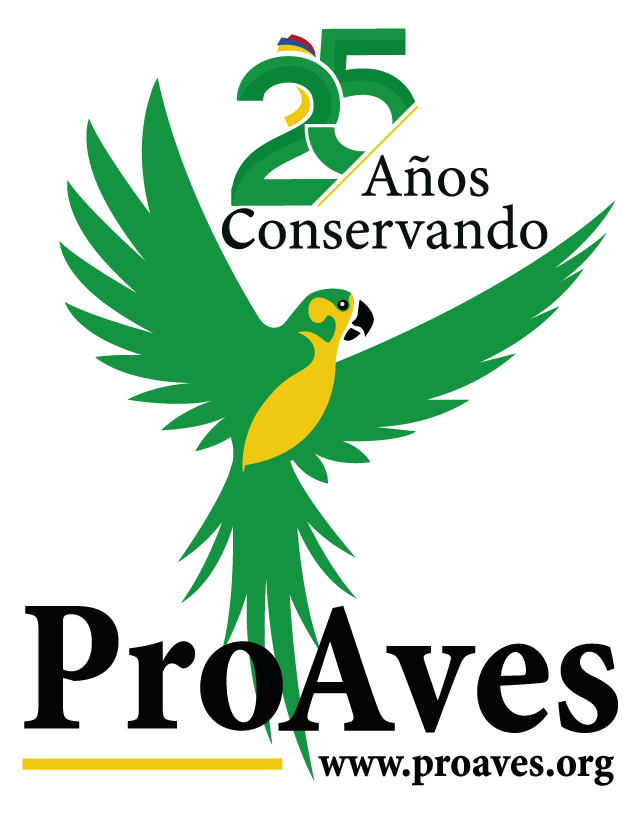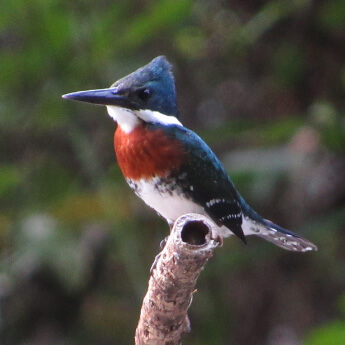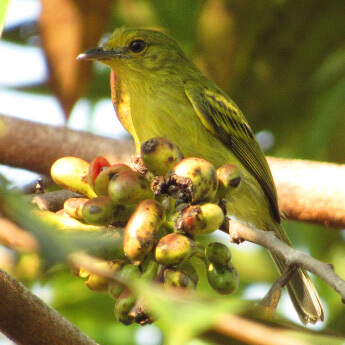Fundación ProAves – por la conservación en el país de las aves


Reserva Proaves El Jaguar

Sabana, bosques de Galería
(
y morichales

Promedio de 25° C

Precipitación monomoda

Entre los 160 y 230 m.s.n.m.
ESPECIES CLAVES:
Jaguar (Panthera onca)
ESPECIES CLAVES
En este lugar se han registrado cerca de

En este lugar se han registrado cerca de

La característica más importante de la biodiversidad
de la Reserva y que la hace de gran interés para la conservación, es que tanto la fauna como la flora de la Reserva presenta una gran densidad de especies con facilidad de observación, entre estas especies encontramos al Delfín Rosado del Amazonas o Boto (Inia geoffrensis), al tapir (Tapirus terrestris VU), a la Nutria gigante de río (Pteronura brasiliensis EN), el Oso palmero hormiguero (Myrmecophaga tridactyla), el Chigüiro o capibara (Hydrochoerus hydrochaeris), la Lapa (Cuniculus paca), el Jaguar (Panthera onca NT), entre otros.
Además, en este santuario de conservación se han registrado cerca de 295 especies de aves, entre las cuales se destacan: la Reinita pechirroja (Granatellus pelzelni), el tordo amazónico (Lampropsar tanagrinus), el hormiguero punteado (Hylophylax punctulatus), la monjita parda (Nonnula brunnea), El Paujil culicastaño (Mitu tomentosum), el Paujil culiblanco (Crax alector), el Jamuco (Anhima cornuta) y la Pava rajadora (Pipile cumanensis), entre otras.

UBICACIÓN
La Reserva ProAves El Jaguar se ubica en la zona oriental de Colombia en el departamento del Meta, municipio de
Mapiripán, localizado en el centro del país, al occidente de la cordillera Oriental. La Reserva se encuentra en las Veredas
Caño Evaristo y Esteros Altos, a 330 km de la ciudad de Villavicencio, presenta dos vías de acceso fluvial y terrestre, la
primera a 13.64 km del casco urbano del municipio de Mapiripán, aguas abajo sobre la rivera del río Guaviare, la vía fluvial
que conduce a la Vereda Caño Evaristo y el traslado tiene una duración de 20 minutos, la segunda a 18,32 kilómetros del
casco urbano del municipio que conduce a la vereda Esteros Altos, el traslado tiene una duración de 40 minutos
ecosistema
Está conformada por bosque de la galería y ripario, sabanas, Morichales, zonas pantanosas, Lagunas, lagos y
ciénagas naturales, Bosque Denso Alto de Tierra Firme, Vegetación transformada (Pastos enmalezados), Bosque Denso Bajo de Tierra Firme y Bosque Denso Alto Inundable Heterogéneo: Las familias mejor representadas en número de especies son Mimosaceae, Moraceae, Melastomataceae, Lauraceae, Fabaceae, Euphorbiaceae, Rubiaceae, Burseraceae, Sapotaceae, y Myrtaceae. Las especies identificadas al momento son las siguientes: hacha o costillo (Aspidosperma excelsum), asaí (Euterpe precatoria), barrigona (Iriartea deltoidea), canangucha (Mauritia flexuosa), escalera de mono (Bauhinia guianensis) y el carguero rebalsero (Eschweilera amazonica), guacamayo (Apuleia leiocarpa) tres tablas (Dialium guianense), algarrobo (Hymenaea oblongifolia), cachicamo (Calophyllum brasiliense), macano (Terminalia amazonia), fariñero (Clathrotropis macrocarpa), sasafrás (Ocotea cymbarum), cedro achapo (Cedrelinga cateniformis), lechoso (Pseudolmedia laevigata), lanoso (Pseudolmedia laevis) y milpo o flor morado (Erisma uncinatum) y chaparro (Curatella americana).





